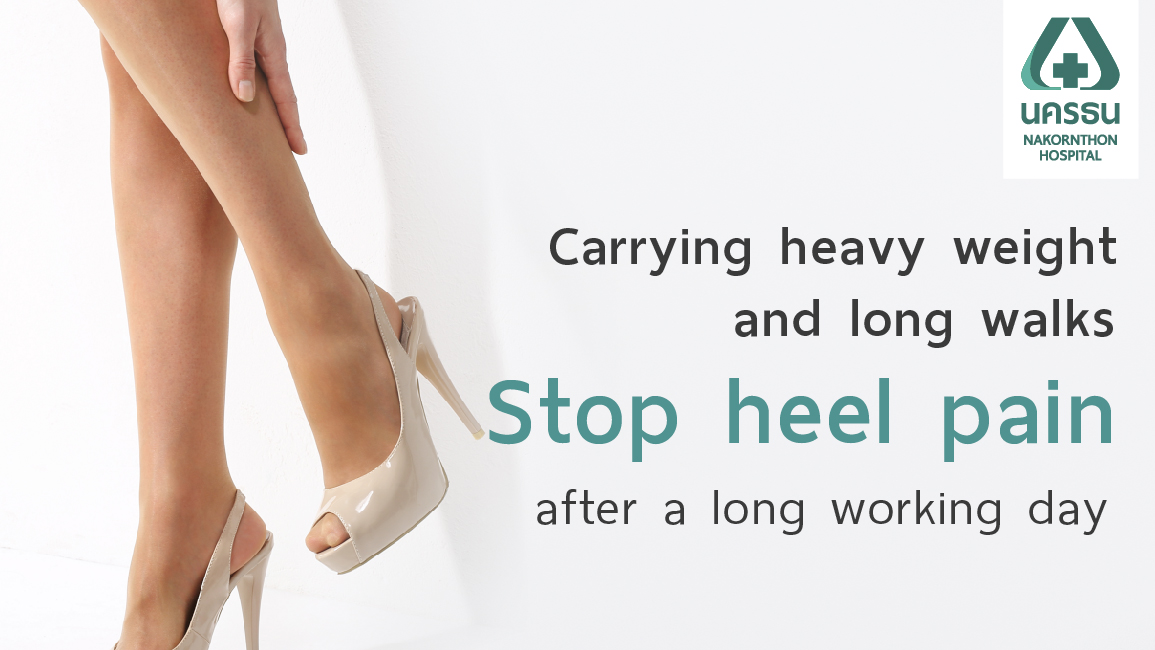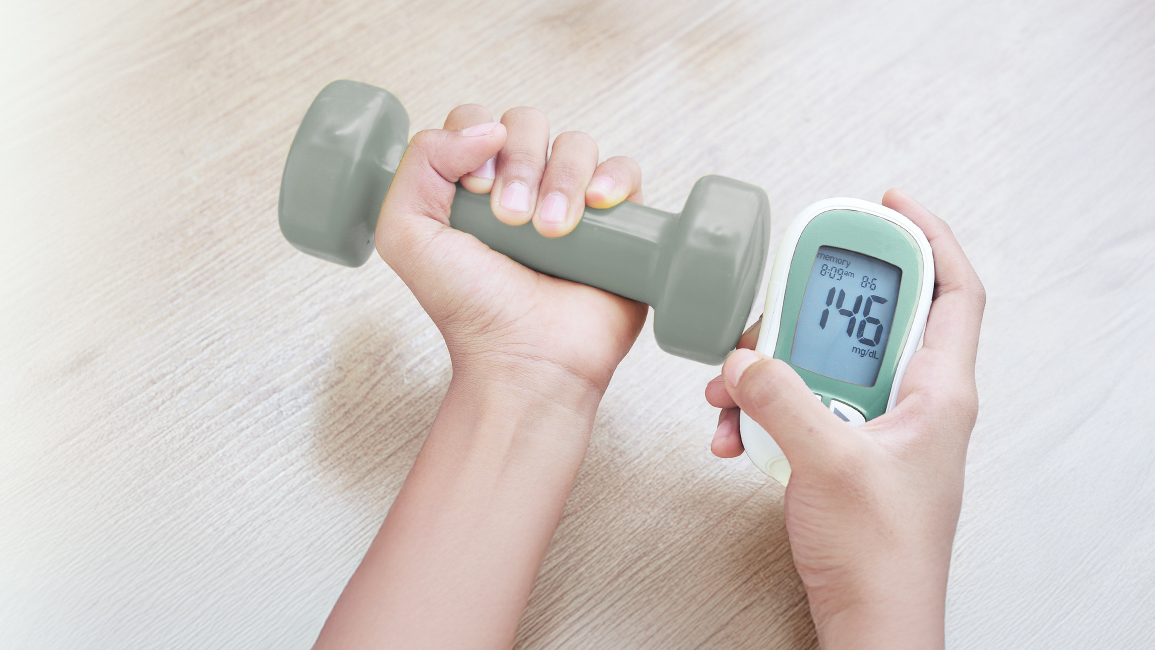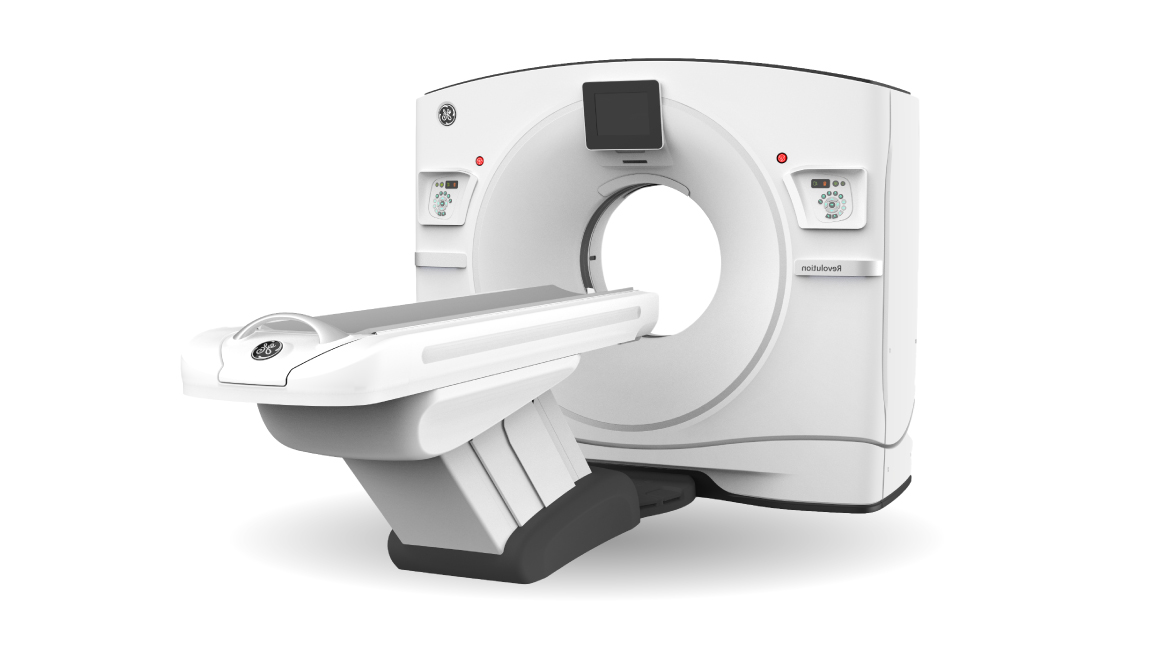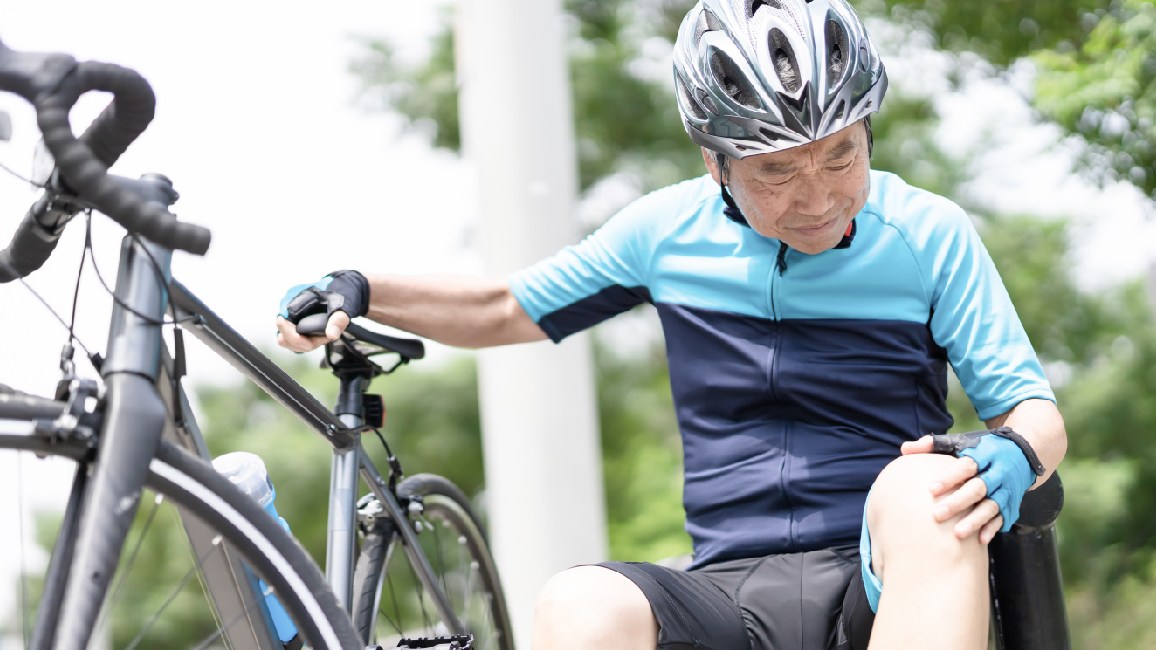
Heel pain is most commonly caused by inflammation of the heel fascia. That is between the heel bone to the base of the toe. Found in people who work wearing high heel shoes, which is commonly found in women more than men, such as having to walk or stand for a long time In obese people or pregnant women In people with very flat or curved feet Wearing hard or insufficient shoes May cause heel fibrosis more than normal people.
Heel pain
People tend to have pain in their heels after walking. May have pain after waking up in the morning, there will be a lot of pain at the first step out of bed or pain after stopping daily activities or after exercising in the evening. If not treated this may cause chronic pain, until it interferes with daily life, the symptoms may spread to the calves, knees, hips, and back areas. Also, the heel fascia can cause changes in walking posture.
Heel Pain Treatment
- Rest your feet to reduce weight on your heels until the pain is gone.
- May use a cold compress to reduce inflammation. Get some ice and then rub the heels for 5-10 minutes or soak the heels in cold water for 10-15 minutes or use a cold pack for 15-20 minutes. This should be done after exercising and stretching the muscles.
- Take pain relievers and stretch the Achilles tendon and heel fascia to treat and prevent pain from coming back.
- Taking oral anti-inflammatory medications which work quite well but may have side effects for those who have digestive problems. In some cases, doctors may choose to use anti-inflammatory injections around the heel instead.
Taking oral anti-inflammatory medications which work quite well but may have side effects for those who have digestive problems. In some cases, doctors may choose to use anti-inflammatory injections around the heel instead.
Preventing heel pain
- If there are problems such as flat arches, you may need to find shoes that enhance the arch of the foot to support the weight better.
- Should wear closed shoes that fit snugly around the heel. The shoe sole should be soft, flexible, and able to provide good cushioning. Some people may need a heel pad to reduce impact, such as when walking or exercising.
- In some cases, a splint may be required at night to adjust the foot to a normal position. This causes the calf muscles and heel fascia to stretch while sleeping. Helps improve the inflammation of the heel fascia and reduce pain after waking up
- Most symptoms will improve, but this may take weeks or even months to treat and care for and pain may return.
- Long-term prevention to keep symptoms from relapsing, avoid too much foot activity, standing, or walking activities should be avoided. Controlling weight gain Choose shoes that are suitable for your feet and provide good cushioning.
- Avoid injury from playing sports and continue to manage according to the above advice Even if there is no pain, stretch the calf and heel muscles often. You will recover from pain in the heel and may recur again.
Foot exercises
Foot exercises can be done. If this does not aggravate the pain and can be combined with other treatments.
 |
1. Hamstring stretches with his face facing and pushing the wall with hand, one leg forward, bent at the knees. Straighten the hind legs and heel to the floor and hold and count to 10, then repeat 10 times. |
 |
2. Stand, bend your knees with your feet slightly overlap. Hold the hand on the edge of the table and count of 1-10 and rest. Repeat 10 times. You will feel the tension in your Achilles tendon and heel. |
 |
3. Stand on the edge of the stairs. Knees are bent, press heels down. Or you may stand on an incline, count 1-10, and rest. Repeat 10 times to stretch the muscles in the calf and hamstring. |
 |
4. Continuous stretching of the plantar fascia by stepping on a 15-ounce can with hot water. Or maybe use a tennis ball to roll the feet back and forth, do 5-10 minutes in the morning and evening. |
 |
5. Massage the fascia by placing your heels on the floor, tilting your ankles up, placing your index and middle fingers. At the center of the heel, press for 1-10 counts and rest. Repeat 10-20 times. |
 |
6.Stretching the calf muscles using a towel can be done by sitting with legs stretched and the knees straight. Use the cloth to wrap the feet, handle the hem on both sides of the fabric, pull the fabric taut, count 1-10, rest, repeat 10-20 times. |
Shoulder exercises should be started after the pain subsides and start with a small number of repetitions and do it in the first position. First, if you don't have pain, you can do it all. Treatment for shoulder pain may take time to heal and requires constant management of the shoulder joint, therefore should follow the advice of your doctor and do the treatment strictly for your benefit.
Consult Online
Article of Orthopedics Center
High-Speed CT scan 443 Slices: Precision, Speed, and Reduced Radiation Exposure





